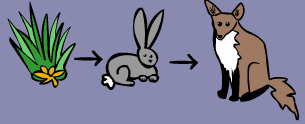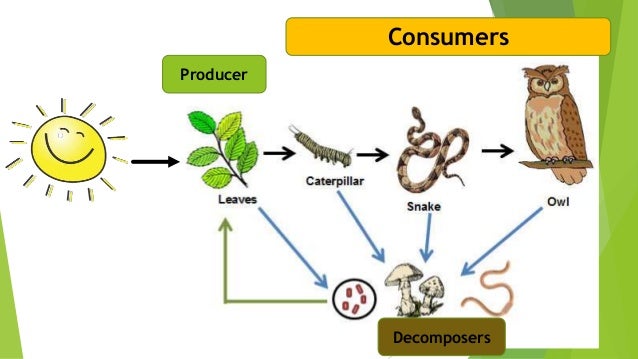Life Cycles
A life cycle is the sequential stages of growth and development that an organism goes through in its lifetime. Organisms undergo observable changes during their life cycle including birth, growth, development, reproduction, and death. Some animals, such as butterflies and beetles, pass through distinctly different life stages during their life cycle. Some plants, such as radishes and lima beans, develop from seeds into small plants that resemble the adult form.
Life Cycle of a plant:
Life cycle of a beetle:
Here are some games to solidify these concepts:
Life Cycles Games
Interactive Sites
Life Cycle of Plants
Butterfly Life Cycle





















